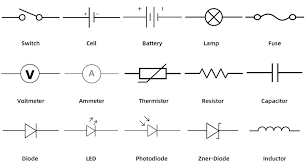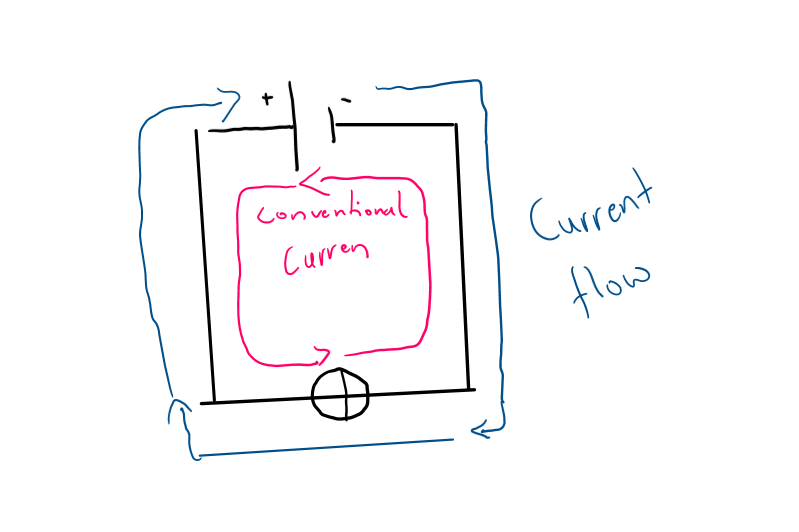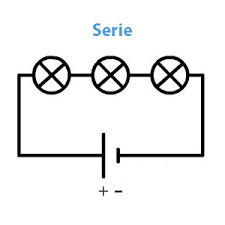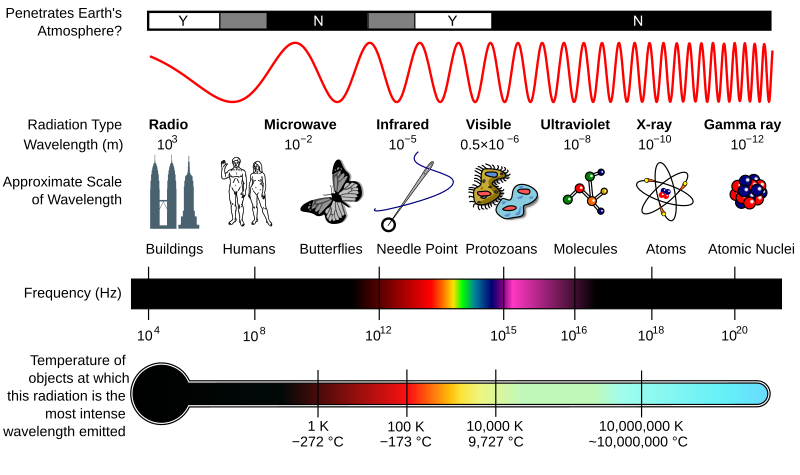Physic Year 9
Electricity
Electricity is the movement of energy through charged particles like elctrons and ions.
Charged particles can have a - or + charge
In the context of electricity, we only talk about the valence electrons
Conductors and insulators
In most elements electrons are tightly bound to their atom but in conductors the valence electrons are able to move freely/loosely amongst atoms. Example of conductors are metals.
Insulators hold their electrons very tightly, meaning current can’t move freely/loosely. Examples of insulators are plastic, wood, rubber and air,
We can look at a material’s interaction’s with other atoms. Conductors will often give electrons and insulators tend to accept electrons
Static and Current electricity
Static electricity is between a conductor and an insulator.
Static electricity only occurs when their is an electric charge imbalance. the conductor has the higher conductive number than the insulator. Note the conductive material doesn’t have to be a proper conductor
It happens when a conductive material or conductor (that tends to give away electrons) rubs with an insulatng material or insulator (tends to accept and not give electrons), electrons will move from the conductor to the insulator.
However, the conductive surface just has to be more conductive that the insulating material.
Requirement for static electricity
Materials must have contact (like rubbing).
The rubbing must create an electric charge imbalance. ie. the electrons must jump from the conductive material to the insulating material, meaning the conductor is + and the insulator is -.
If the materials come together, the electrons jump onto the postively charged material.
Organic material tends to be more conductive than synthetic materials.
Do the conductive material and insulating material be neutral at the start
Memorise:
balloon always has a negative charge compared to hair and confetti is always negative.
Electric Circuit
Electric circuits has 3 fundamental elements:
Power supply: the source of electric energy
Loads: is a element that converts the energy, examples are phones (light and sound), heater (heat) etc. *if there is NO ENERGY TRANSFORMATION it is not a load.
Conducting path: allows electric charge to flow around the circuit, this can be any type of conductor.

An ammeter measures current in the unit amps (ampere is the unit for current, it can be written as A or amps)
A voltage meter measure volts (volts are like the pressure on a electrical circuit, it is like measuring water pressure in a pipe but for energy.
Switch open is when the 2 wires are not touching
switch closed is when 2 wires are touching
A resistor is any device or material that makes it difficult or harder for electric charge flow through. It can be an insulator.
The current always chooses the path of least resistance
Any material that is insulator can be represented by the swiggly line symbol thing
electrons only move short distances with current
Current vs Voltage
Electric charge moves from - to +. This is called current flow.

A coulomb is a packet of electrons which equals 6 × 10^8 e/ampere/sec
The water analogy
In a hose the flow rate is the volume of water of coming out of a hose in a certain time per minute.
- This is equivalant to the current of a wire.
- It is measured in amperes
- A ampere is the rate at which current flows.
- Current is the of electrons that flows througn a conductor in a second.
How much force the water us pushing with is Voltage
-it is measured in Volts
- Volts and ampere have a directly proportional relation.
We describe energy as waves. The shorter the wavelenght the higer the frequency and the larger the wavelenght the smaller the frequency.
The function of energy is to change matter an example is changing the change of matter, it can create chemical reactions and it can generated heat.
the denser the metal the better conductor it is??? No not really, watch quantam mechanics video
Brownian motin is random motion and energy makes brownian motion faster and directinal. \
Therefore, voltage does 2 things, it speeds up an electron’s brownian motion and makes the electrons directional\
Current is a snapshot of the ‘ping-pong’ motion of electrons. It is the AMOUNT OF ELECTRIC CHARGE
alternating current is when electrons flow in 2 directions.
Series and Parralel Circuits
- There is 2 types of circuits, series currents and parralel circiuts
-Parralel circiuts have DIFFERENT conducting pathways like this:
The series circiut looks like this:

parralel circuits have branching circiuts which means electrons can decide where to flow.
the point at which electrons have 2 or more conducting pathway is called the branch point
A series has only 1 conducting pathway from which current can flow in a cycle.
Resistance increases when there is an increase in wire lenght and when the cross-sectinal area is small.
It also increase when their is an insulator or when a wire becomes hotter.
When the wire is hotter, the electrons move quicker but due to the heightened state of the electrons causing chaos, it hinders the directional movement of current.
when wires heat up too much they melt and this is called fried.
provided the loads have the same voltage, the current (measured in amps) will be the same.
In a series circiut, the current (amps) doesn’t have to be split but in parralel circuit the current (amps) is not split.
Voltage will be split in a series circuit but not in a parralel circuit.
Voltage slits in a series circiut because all the load use some up but in a parralel circuit,
The relationship between V and R is directlly proportional. Ie as V increases R decreases.
Resistance and Ohm’s law
Resistance is what stops the flow of electricity, it is measured in ohms
Voltage = resistance x current
therefore, resistance = voltage/current
And current= resistance/voltage
IV is the x-axis\
BIO-DESIGN UNIT
The project is to create a building that mimics biological features and aims to promote sustainability and reduce energy consumption through innovative design.
The excurtion will be about exploring biological features and design stuff.
Bio-mimicry is the learning from/being inspired by biological processes, ecosystems and organisms to create better and more sustainable designs.
HEAT TRANSFER
Thermal energy a type of energy that can be transferred through mediums
Osmosis- the tendency of water to achieve equilibrium by transfering molecules from a high-concentration area to a lower-concentration area through a semi-permeable barrier.
Diffusion- the tendency of gas to achieve equillibrum through movement from a higher concentration space to a lower concentration space creating a homogenous gas mixture.
Heat transfer- the tendecy of a higher energy molecules to transfer energy to a lower energy molecule to reach equillibrium (this takes a while)
Conduction- heat energy between solids without the movement of particles through direct contact.
Convection- heat transfer through the movement of particles in liquids and gases.
Radiation-heat transfer through electro-magnetic waves like infared light, gamma rays and the rest of the electro-magnetic spectrum
Induction-
Things that have a high electriclal conductivity will generally have a high thermal conductivity,
Solid > Liquids > Gas in thermal conductivity genrally because the molecules get less dense as we go from solid to gas.
The best way to speed up heat transfer is to make the energy differential higher.
Wind is simply cold air that rushes in to fill in the vacuum created by hot air rising.


Convection
Is the transfer of heat through liquids and gases.\
It involves current as hotter liquids/gases rise as cooler liquids/gases fall.
Can have a solid to liquid/gas
Radiation
Heat transfer without particles. Example, infra-red radiation or ultraviolet radiation
Darker clothes tend to absorb more radiation than lighter clothes.
Some particles will let radiation through them, they TRANSMIT RADIATiON
Warm bodies will emit radiation
Magnets
Micheal Faraday did some shit about magnets
if u suspend iron, cobalt or nickel near a magnet u can temporarily polarise it.
Some metals are more magnetic than other magnet
A magnetic field is the space you can induce a temporary magnetism of a metal.
To draw a magnetic field.Have line going from North to south
Stronger magnets have closer line
To draw 2 magnets which are side by side, do the North to South line and then connect the 2 magnets with lines. The closer the magnets, the more concentrated the lines.
As 2 magnets get closer, they each induce a stronger magnetic field in eachother.
When drawing repulsion, the magnetic field lines bounce of eachother.